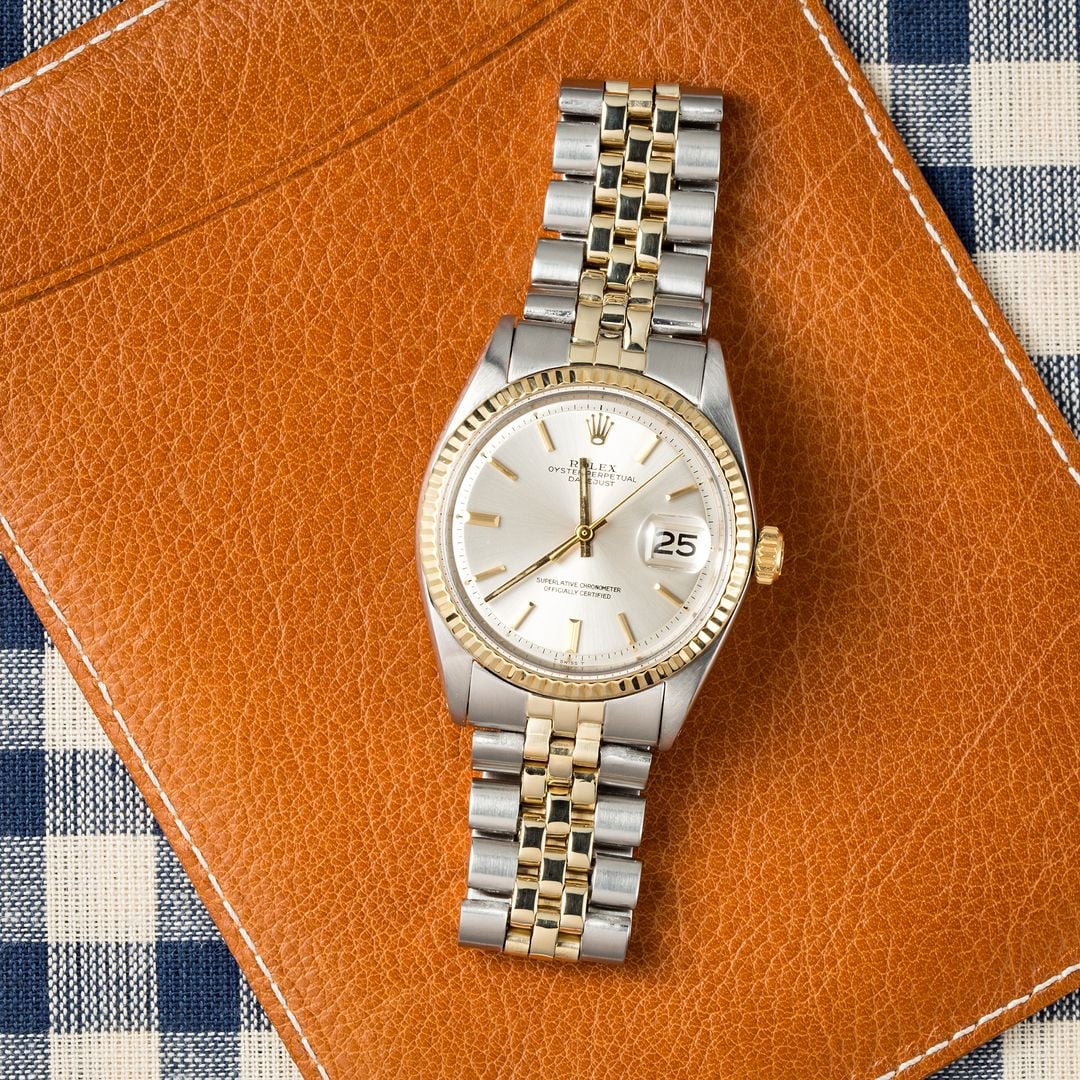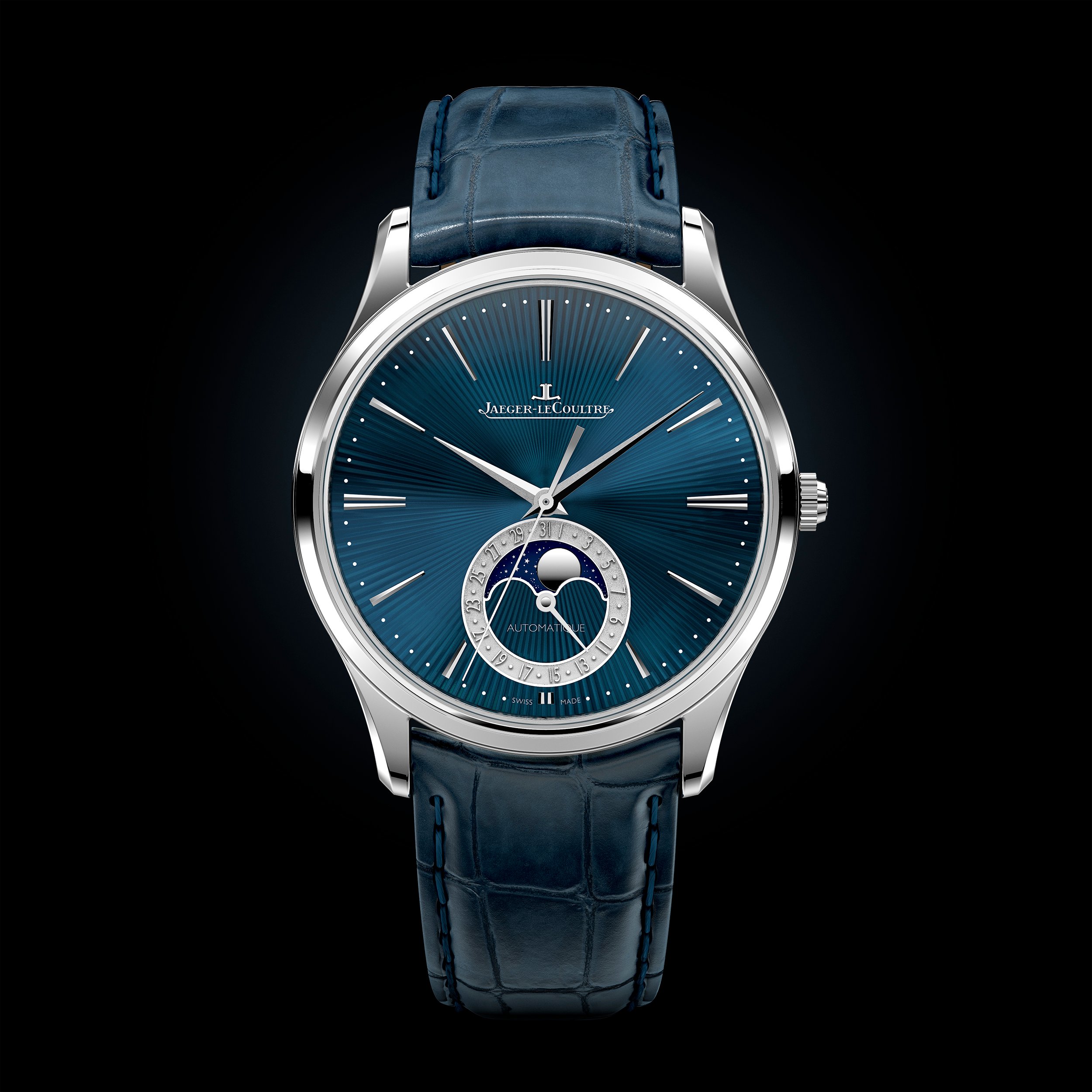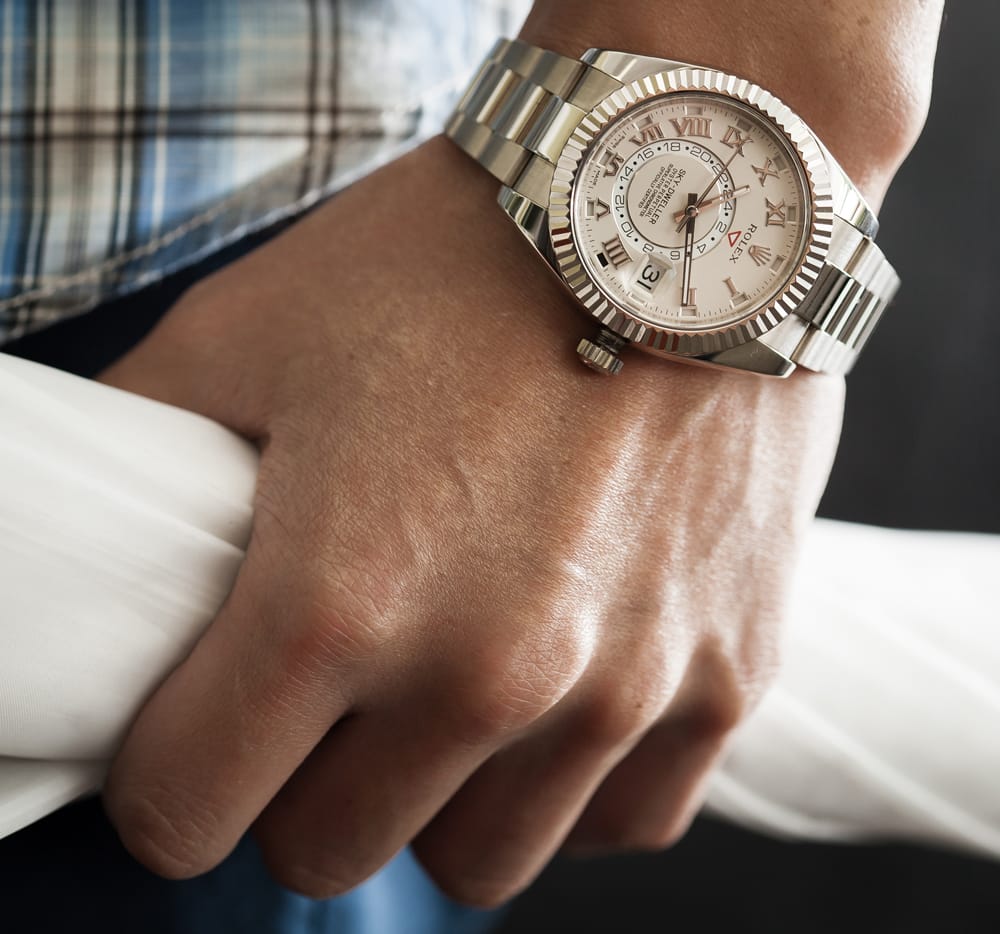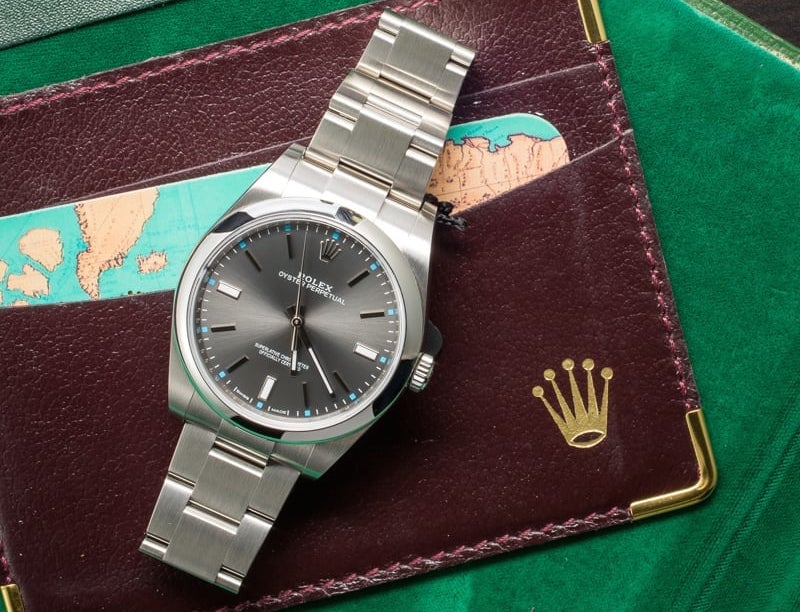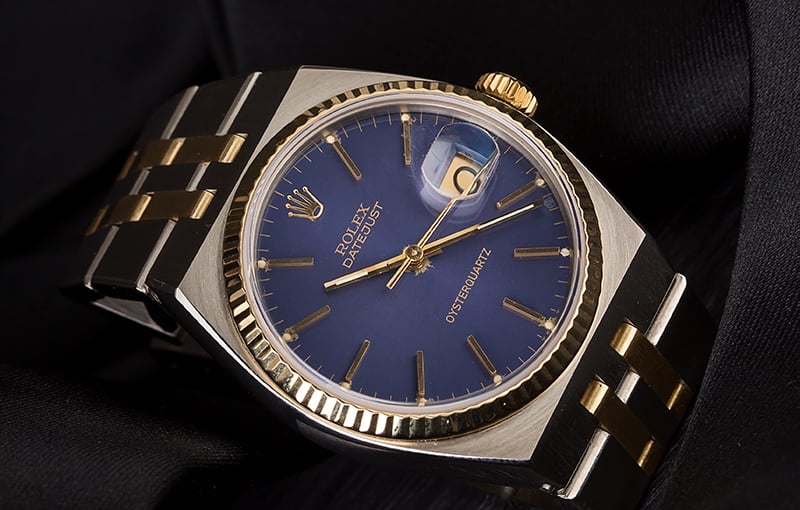It’s been a little over two years since Rolex unveiled the latest version of the stainless steel Daytona. With the new edition, Rolex transformed the look of the steel Daytona thanks to its new bezel. Today we’ll be exploring whether the ceramic or the steel bezel is the better option for the famous chronograph by comparing the Rolex Daytona 116500 vs. Daytona 116520.
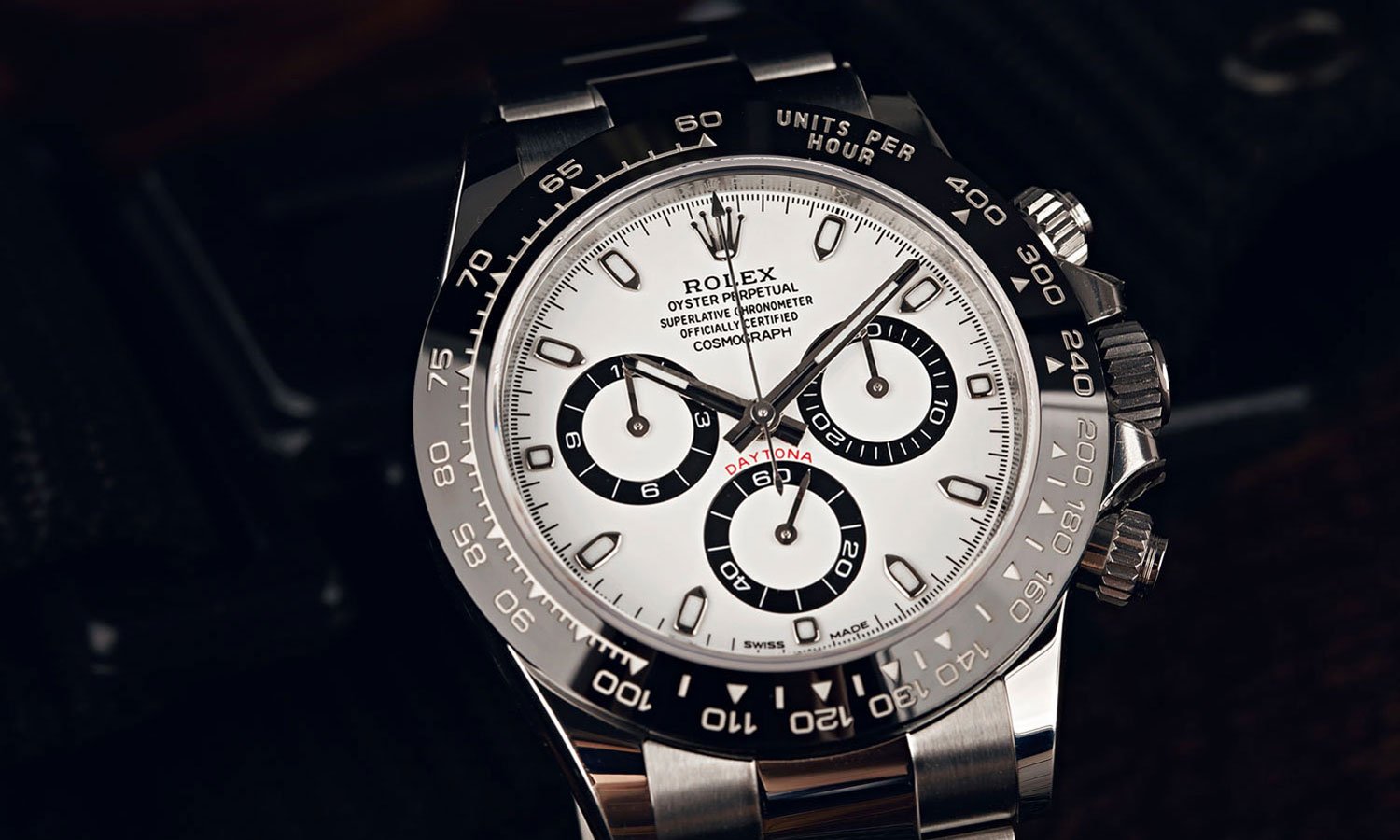
The Evolution of the Rolex Daytona Bezel
There have been three generations of the Rolex Daytona. The first generation, produced from the 1960s until the 1980s, were manual-wound Daytona watches with four-digit reference numbers. Within this generation, both metal bezels and acrylic bezels were offered. For instance, the Daytona ref. 6239 featured an engraved metal bezel while its counterpart the Daytona ref. 6241 included a black acrylic bezel insert.
Rolex launched the second generation of the Daytona in 1988 and this time, the company’s signature chronograph collection ran on automatic calibers based on the famous Zenith El Primero movement. In terms of design, the new automatic Daytona watches only came equipped with metal bezels, whether in steel or gold.
Finally, the third generation of the Daytona made its debut in 2000, powered for the first time with an in-house Rolex automatic chronograph movement. Like the preceding generation, the new batch of Daytona chronographs came fitted with metal bezels -that is, until 2011. That year, Rolex presented the first Daytona (an Everose model) with a Cerachrom ceramic bezel. Since then, Rolex has paired the high-tech ceramic bezel with most of the different metal options available within the Daytona lineup. The steel Daytona was the last edition to get the upgrade and the two-tone Daytona remains the only one without the option of a ceramic bezel.
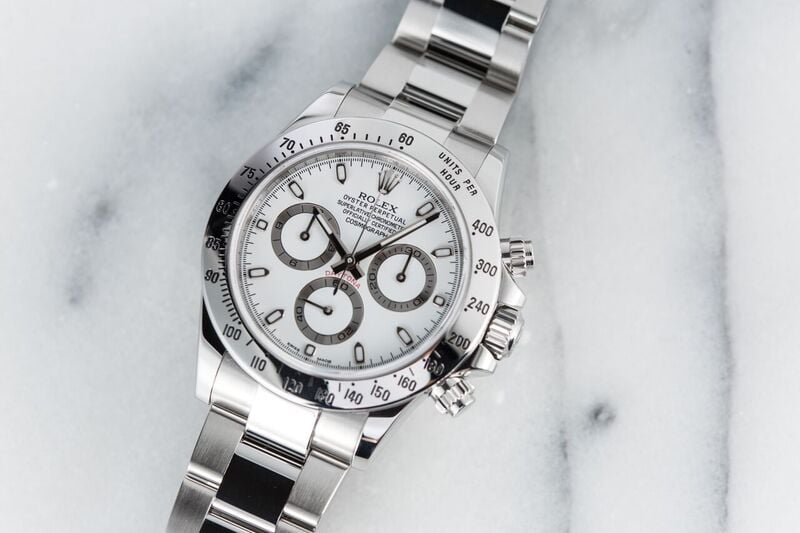
Does the Steel Daytona Look Better with a Steel or Ceramic Bezel?
To say that the launch of the stainless steel Daytona ref. 116500LN with the black Cerachrom ceramic bezel in 2016 was met with great enthusiasm would be an understatement. It was the hottest watch of the year and continues to be one of the most highly coveted and hard-to-get modern Rolex watches. However, with its introduction, also came a little bit of sadness as it signaled the end of the 16-year production of the stainless steel Daytona ref. 116520—one of the most popular luxury chronographs of its era.
While there are many similarities between the Daytona 116500 and the Daytona 116520, from the steel 40 mm Oyster case with the screw-down chrono pushers and winding crown, the steel Oyster bracelet, the choice of a black or white dial, and the in-house Caliber 4130 movement, the different bezel makes a big difference in terms of design.
Of the two, the Daytona 116520 is the more casual-looking and sportier chronograph watch. The monochromatic look of the matching steel case, steel bezel, and steel bracelet is a classic combo. Although clearly a luxury watch, the Daytona ref. 116520 could certainly qualify as a daily beater— easy, practical, and comfortable to wear every day.
On the other hand, the black ceramic bezel lends a formal touch to the Daytona 116500—kind of like throwing on a blazer over a t-shirt to dress it up. And although ceramic is a modern addition to luxury watches, the Daytona ref. 116500LN flaunts a retro vibe (especially with the white Panda dial) given its resemblance to vintage Daytona watches with black acrylic bezels.
A great benefit of Cerachrom is that it’s scratch (and fade) resistant unlike a metal bezel, which can accumulate plenty of scratches over the years. However, if the Cerachrom bezel ever shatters due to a drop or a hard knock, it is quite expensive to replace.
At the end of the day, both steel Daytona models are fantastic-looking chronographs. If you like a more causal Daytona then the now-discontinued Daytona 116520 is a solid option. Alternatively, if a dressier vintage-inspired chronograph is more your speed, then the newer Daytona 116500LN may be a better fit.

